Vietnamese Coriander – How Do You Use, Care And Growing
Despite its outstanding culinary properties, Vietnamese coriander is still considered an exotic herb. In Southeast Asian cuisine, the spice herb called Rau Ram is hardly imaginable from the kitchen. In the traditional medicine of Vietnam and Malaysia, the Vietnamese coriander is also used as a medicinal plant and used there, among other things, for digestive problems and skin diseases.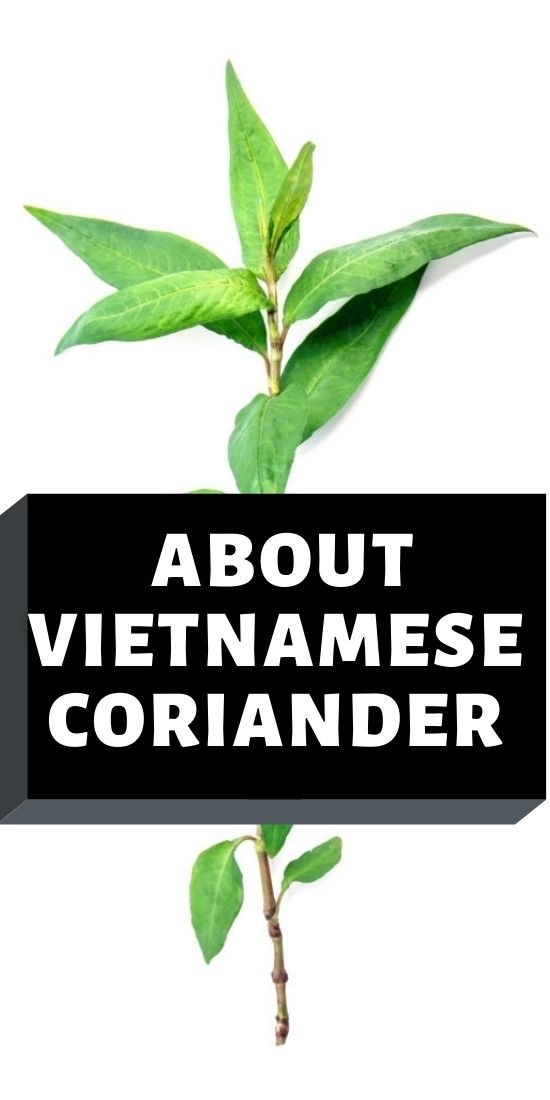
| Botanical name | Persicaria odorata (Polygonum odoratum) |
| Plant family | Knotweed |
| Other names | fragrant knotweed, rough ram, |
| Sowing time/planting time | Spring |
| Heyday | July – September |
| Harvest | May – October |
| Location | sunny to semi-shady; very moist and nutritious soils |
| Use as a medicinal herb | bloating, digestive problems, acne, skin impurities, bacterial infections |
| Use as a weed | Soups, Asian dishes, chicken and beef dishes, fish, salads |
Origin And Occurrence of Vietnamese Coriander
Table of Contents
The areas of Southeast Asia, especially Cambodia, Laos, Thailand, and Vietnam, are called the home of Vietnamese coriander. It is a typical plant of the tropics, which requires moist locations. Since the plant has few requirements for location, it is now also found running wild in many parts of Malaysia and in parts of southern China.
Due to the numerous Vietnamese migrations in the middle of the 20th century, the plant reached North America as well as Western Europe, which probably ultimately explains its name.
Systematics Of Periscaria Odorata
Vietnamese coriander (Persicaria odorata) belongs to the knotweed family. The plant is botanically unrelated to the true coriander and shares no external similarities. Well-known representatives of this plant are sorrel, which is known to us as a wild herb, and buckwheat, which is also frequently used in cooking. In the narrower classification, Vietnamese coriander belongs directly to the leading genus of knotweeds (Persicaria), which are represented worldwide with over 150 species.
In addition to Persicaria odorata, Vietnamese coriander is also frequently listed under the botanical name Polygonum odoratum. There is currently no specific botanical classification, which is why both names are theoretically correct. However, if the plant characteristics are considered more closely, the name Persicaria odorata should predominantly be chosen, since Vietnamese coriander belongs to the genus of knotweed (Persicaria). This name is also becoming increasingly accepted in the scientific literature.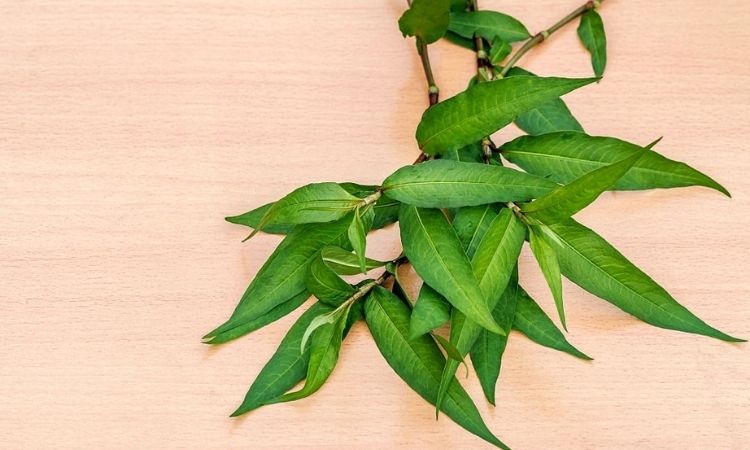
Characteristics Of Vietnamese Coriander
Vietnamese coriander is a perennial plant that reaches growth heights between 4 to 7″. The roots of the herb are closely branched in the soil, reddish to light brownish in color, and rather shallowly anchored.
The leaves of Vietnamese coriander show a characteristic appearance. The lanceolate to pointed leaves have a mint green color and show a crescent-shaped, reddish discoloration in the center. However, this discoloration is usually absent on young plants and rarely on adult plants. The slightly yellowish leaf veins run semicircularly from leaf margin to leaf margin. The stems of the spice herb are reddish and have a round shape.
The flowers of the Vietnamese coriander usually protrude above the upper leaf area. The light pink to purple colored flowers usually appear between mid-July to mid-September. Sultry summers sometimes favor or extend the flowering period. The hermaphrodite flowers are arranged in spike-like flower branches. Each flower consists of five bracts and several stamens.
At the time of fruit ripening, the flowers develop into the nut fruits typical of the genus. The brownish to almost black seeds show a pointed shape. In our latitudes, however, the fruit does not ripen. Unfortunately, there is currently insufficient information about the spread of the plant.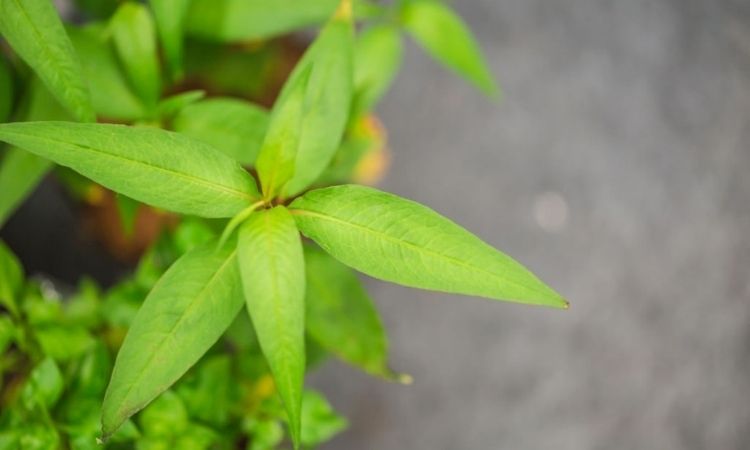
Vietnamese Coriander Care, Sowing, Cultivation
Even though Vietnamese coriander actually comes from southeast Asia, it can usually be cultivated in our latitudes without any problems. Once it has taken root in a location, it is very easy to care for and only needs a little more water than other plants. Step-motherly treatment usually does not bother the plant, which is also known as fragrant knotweed.
Location
The preferred location of the Vietnamese coriander is humid, warm, and sunny to semi-shady places. The plant makes few demands on the soil. However, Vietnamese coriander likes moist and loose soil that is rich in nutrients and not too sandy.
For cultivation on the balcony or terrace are recommended commercially available potting soils, which are best mixed with perlites or zeolites due to the high water requirements. These substrates can retain moisture and release it back to the plant when needed. Specialized herb soil should not be used, as it usually contains too little nutrients.
Sowing
Seeds are not offered in our latitudes, so there are very few recommendations or instructions on how to grow Vietnamese coriander from seed. In addition, in our latitudes, it hardly happens that the flowering plants produce seeds at all because the flowers are usually sterile. This is possibly due to the fact that Vietnamese coriander requires certain pollinators, which ultimately cause the fruit to ripen. Without knowing this process, only manual pollination would be possible, but this would take a lot of time for knotweed plants.
Cultivation And Propagation
In Central and Western Europe, only fresh plants can be purchased, which are invariably grown from cuttings. Vietnamese coriander can be easily propagated by division. About 2 to 3″ long cuttings of the herb are sufficient, which are then raised in an organic growing medium.
Simple planting pots are usually sufficient, as the roots of the herb do not reach particularly deep into the soil. Planting outdoors should not be considered due to its sensitivity to frost unless the herb is growing in a greenhouse that guarantees temperatures of at least 50 °F even in summer.
Fertilization
Since Vietnamese coriander is cultivated in pots in most cases, fertilization is almost always required. The knotweed has a relatively high nutrient requirement. It is recommended, depending on the size of the plant, to use a nitrogen-rich fertilizer, preferably organic, every four to six weeks. Typical nutrient deficiency symptoms are yellow leaf edges or fresh leaves that – despite sufficient moisture – quickly lose vitality. (See also article Fertilize herbs properly).
Watering
Sufficient moisture is one of the basic conditions for Vietnamese coriander to remain healthy and thrive. The tropical spice herb is accustomed to humid regions and does not tolerate prolonged drought. However, short dry periods of up to one day are well tolerated in most cases. As soon as the leaves droop, however, action should be taken as quickly as possible. This phase is already very critical for Persicaria odorata and can lead to lasting damage.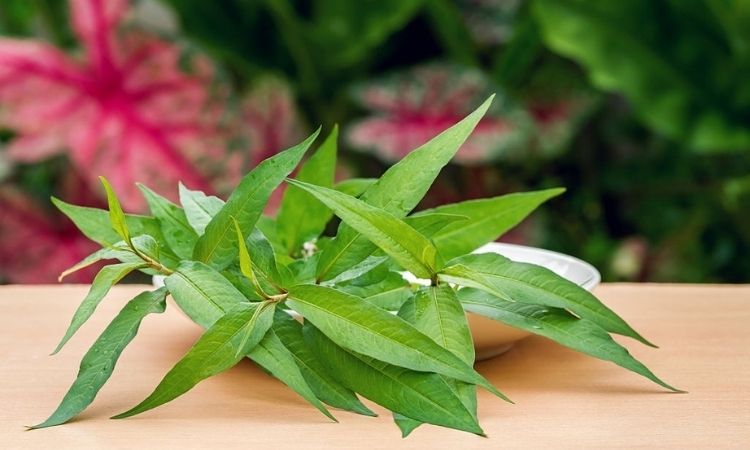
Diseases And Pests
Due to the leaf anatomy and a large number of secondary plant constituents, Vietnamese coriander is disliked by many predators. A fact that should please any gardener. Typical plant diseases such as rust or powdery mildew are not known to date. The most common danger comes from malnutrition or improper care. The leaves react very quickly with leaf discoloration, which is often not reversible.
Wintering
This is a plant adapted to tropical regions of the world. Like most tropical plants, Vietnamese coriander is not hardy, although it will tolerate very short-term frosts. However, with longer frost days or prolonged subzero temperatures, the plant will die. Between mid-October and the end of early April, Vietnamese coriander should therefore be overwintered in a frost-free and rather warm place. Tips on this can be found in our article Winterizing herbs.
Harvest
As soon as the plant has built up some leaf mass, the leaves of the coriander-tasting herb can be harvested throughout the year. Frequent harvesting generally promotes the growth of the entire plant. However, it is recommended to harvest only a few leaves of the plant in the winter days, as overwintering periods usually mean stress periods.
Despite the fact that this plant is quite common in Asia, it is not endowed with any special legends. The only feature that is often enough found in its description is the ability to calm the libido. Anyway, this is the opinion of Buddhist monks, which is why they plant aromatic mountaineer near their monasteries, where they adhere to celibacy – the vow of celibacy. There is no scientific evidence of this peculiarity of the Vietnamese coriander. But there is a lot of evidence in favor of its healing effect on the body. This is why we advise you to try one of the dishes with Vietnamese coriander and you will appreciate not only its medical but also, first of all, its culinary advantages.
Use As A Culinary Herb
In our latitudes, Vietnamese coriander is still relatively unknown but still belongs to one of the best Asian spice herbs. However, some dealers now offer fresh plants, so that some gourmets have already come into contact with the herb. Especially for lovers of Asian cuisine, the representative of the knotweed family is an absolute insider tip, especially since it is versatile.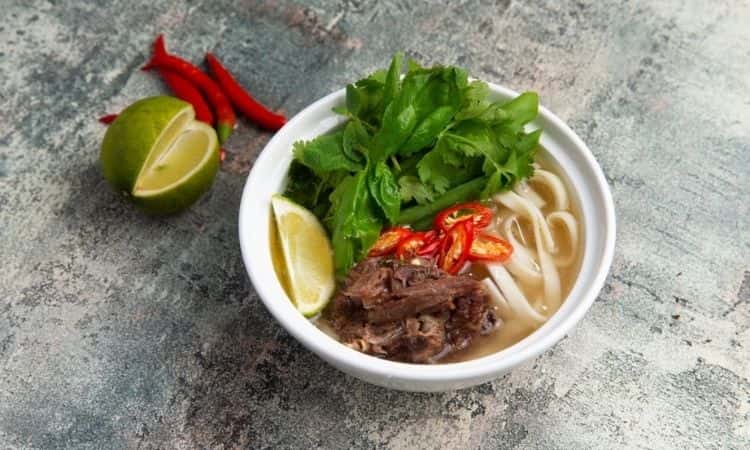
The taste of Vietnamese coriander is undoubtedly reminiscent of the true coriander (Coriandrum sativum), although somewhat milder. However, the herb still has a slight citrus note, is a little more bitter and peppery, and captivates with a gentle musky note. The aroma is sometimes even somewhat more varied than that of the true coriander.
Traditionally, the herb is used mainly in the kitchens of Vietnam, Cambodia, Singapore, and Malaysia. Tourists who found the opportunity to visit the south of Vietnam will almost certainly have come into contact with the plant known there as Rau ram. Vietnamese coriander flavors the following dishes there:
- Glass noodle dishes.
- Vietnamese soups.
- Numerous salads.
- Egg dishes like omelets.
- Duck dishes.
- Marinades and seasoning pastes.
- Fish dishes.
Vietnamese coriander contains a variety of flavonoids that may have a liver-protective effect. Studies have found, for example, that liver damage caused by long-term consumption of acetaminophen (better known as paracetamol) was reduced [3]. The same flavonoids are also believed to have a beneficial effect on digestion.
Despite the benefits of eating the plant, there is evidence of the harms of Vietnamese coriander. For example, overconsumption of the product can lead to disorders of heart rhythm, feelings of fear and anxiety, apathy, insomnia, nervous system overstimulation, and heart failure.
Also, abuse of the plant can lead to diarrhea, provoke the movement of gallstones from the gallbladder. Not excluded are inflammation of the urinary system and disruption of the hormonal background.
This product is contraindicated to those categories that are traditionally contraindicated to all spices and spicy herbs – children, pregnant women, people with allergies, ulcers.
Buying Vietnamese coriander – What is there to consider?
As an exotic plant, Vietnamese coriander is usually rare to obtain. However, some plant markets, which also offer herbal specialties, carry the spice herb in their assortments between April and August. The herb is also available in herbal specialty stores as well as some specialized online retailers.
Provided the plant is well cared for, there is little to worry about. If Vietnamese coriander has been well watered, diseases are rare. When buying, you should pay attention to whether the stems are strong and the leaves do not droop. Otherwise, the plant is considered extraordinarily stable.
Further sources and literature used:
- Wikipedia, Persicaria odorata.
- Ridzuan, P.M. et al. (2013): Antibacterial and Antifungal Properties of persicaria odorata Leaf Against Pathogenic Bacteria and Fungi. In: The Open Conference Proceeding Journal, vol. 4, pp. 71-74,
- Sasongko, P. et al. (2011): Evaluation of Physicochemical Properties of Plant Extracts from Persicaria odorata. In: Agricultural Science Journal, Vol. 42, pp. 333-336, ISSN: 0125-0369.
- Somparn, N. et al. (2013): Hepatoprotective and antioxidant effects of Polygonum odoratum L. extract against acetaminophen-induced hepatotoxicity in rats. In: Thammasat Medical Journal, Vol. 13, No. 4, pp. 456-464. the research report.
- Murray, M. F. et al. (2019): Polygonum odoratum essential oil inhibits the activity of mushroom derived tyrosinase. In: Heliyon, vol. 5, e02817.

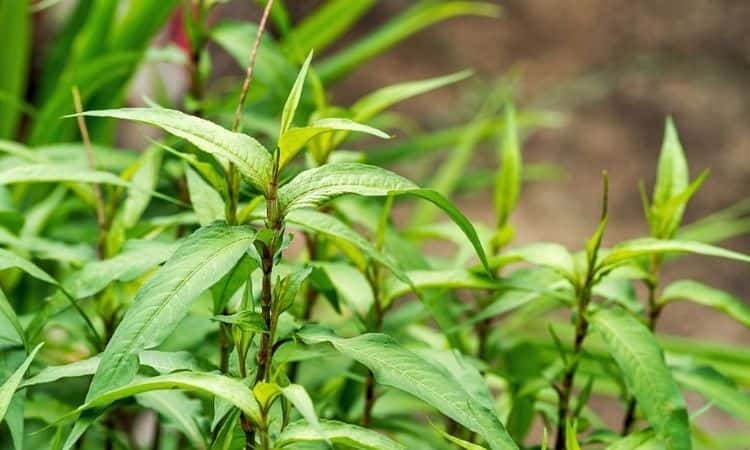
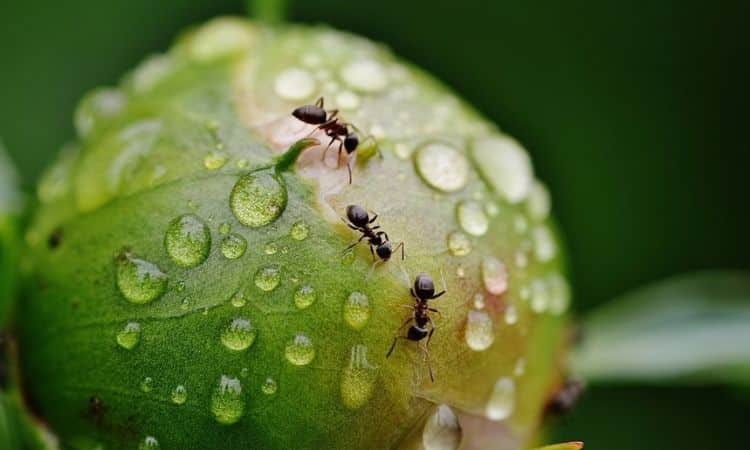

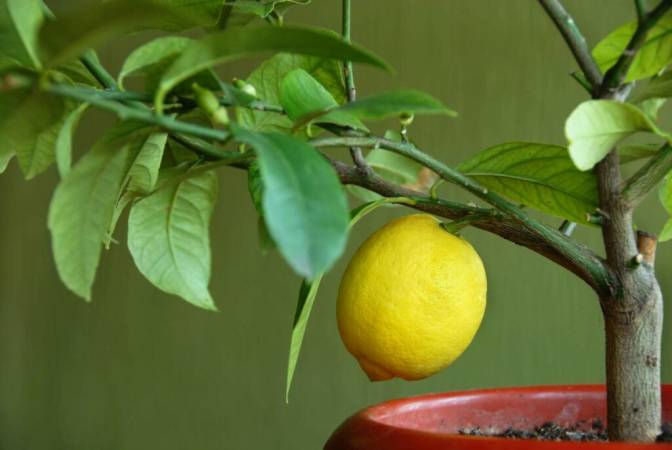
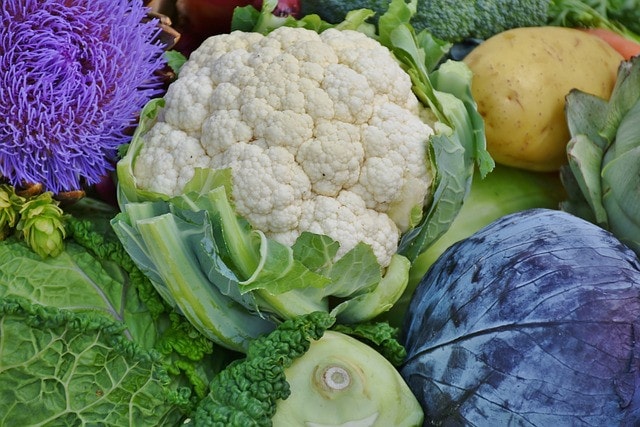
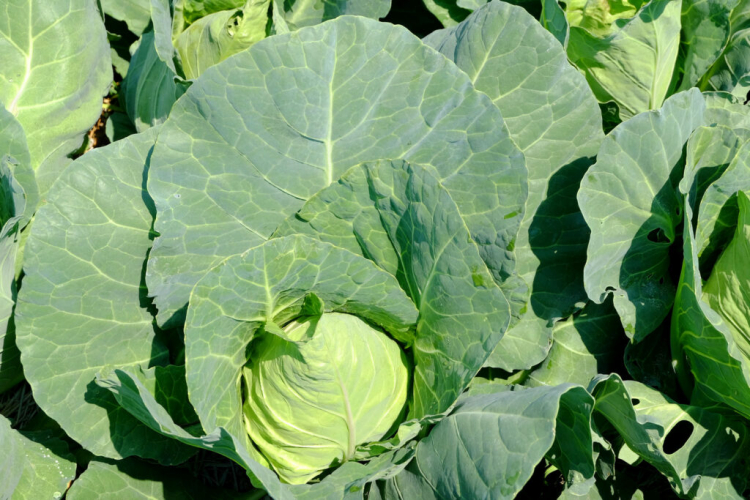
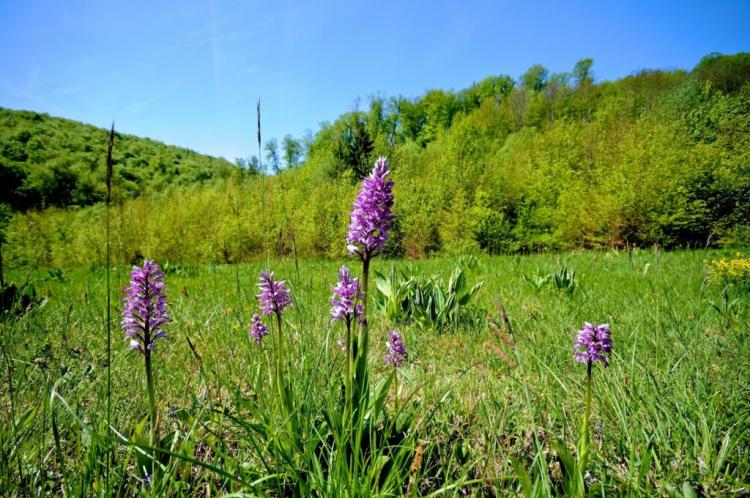
This is nice